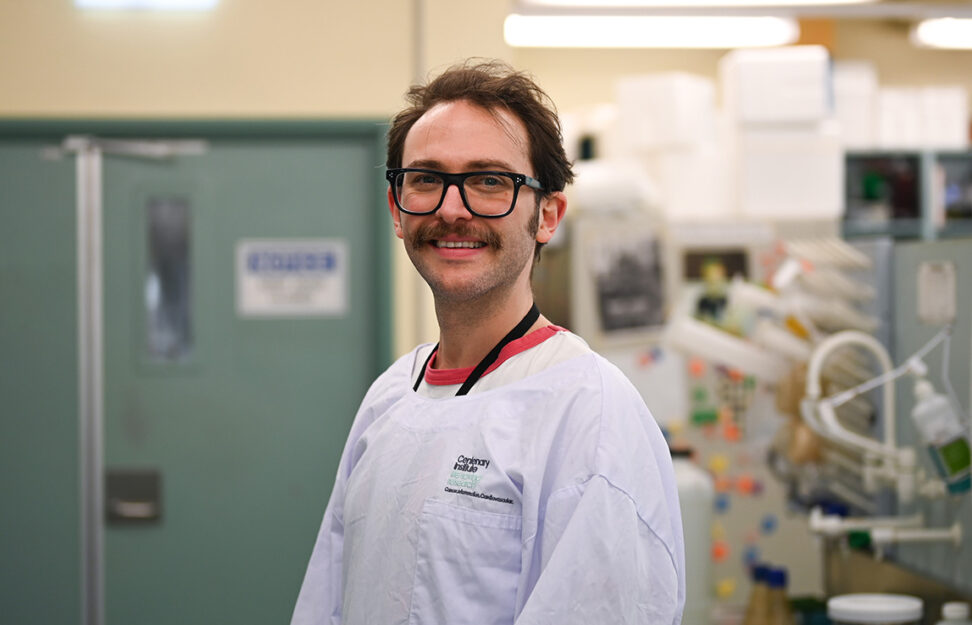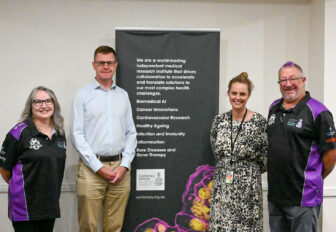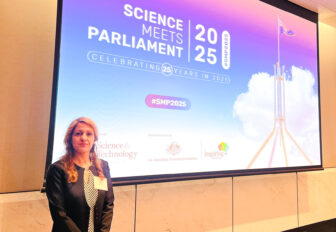Revealing the role of immune cells in liver cancer

Published in the journal Hepatology Communications, the study reveals critical differences in immune cell dynamics between tumour regions and surrounding non-tumour tissues in hepatocellular carcinoma (HCC), the most common type of liver cancer. These findings offer hope for the development of new treatment strategies.
Lead author of the study, Dr Felix Marsh-Wakefield, from the Centenary Institute’s Centre for Cancer Innovations and the University of Sydney, said that the team used a cutting-edge technique called imaging mass cytometry in their research. This method allowed them to map various cell types and their interactions within liver tumours and the surrounding tissues.
The research found that while the number of immune cells is similar in both tumour and non-tumour areas, the way these cells interact within the tumour is different. By analysing these cellular interactions, the researchers identified distinct immune ‘neighbourhoods’ around blood vessels in the tumour.
Importantly, said Dr Marsh-Wakefield, these neighbourhoods, which include a variety of immune cells such as T cells and dendritic cells, exhibit increased levels of VEGFA+ perivascular macrophages, another type of immune cell.
“These macrophages produce a protein called VEGFA, which plays a crucial role in the formation and function of blood vessels that help tumours grow and spread,” Dr Marsh-Wakefield said.
“By focusing on the role of VEGFA+ perivascular macrophages in the tumour, new treatments could potentially be developed to disrupt the tumour’s blood supply, hindering its growth and spread,” he said.
The researchers say that their findings shed light on the complex immune environment within liver tumours.
“By identifying how immune cells engage differently within the tumour microenvironment, we can develop new, more precise, and effective treatment strategies for liver cancer,” said Dr Marsh-Wakefield.
“This research provides a new perspective that could be crucial for future therapeutic approaches and improving patient outcomes.”
Publication: Spatial mapping of the HCC landscape identifies unique intratumoral perivascular-immune neighborhoods.





